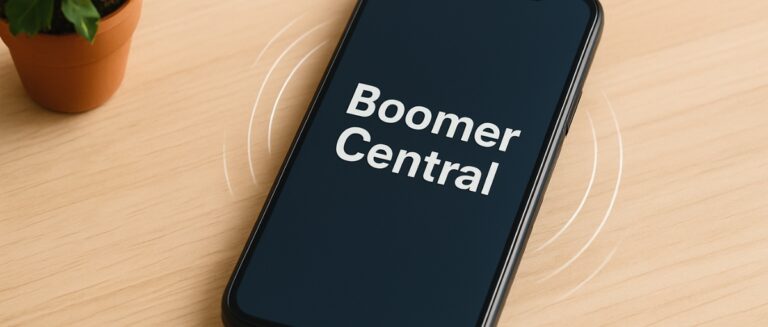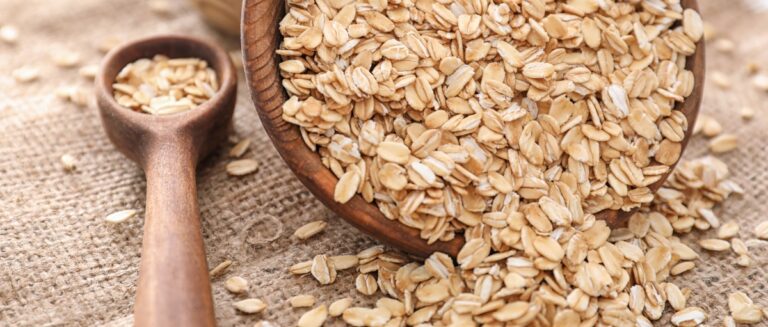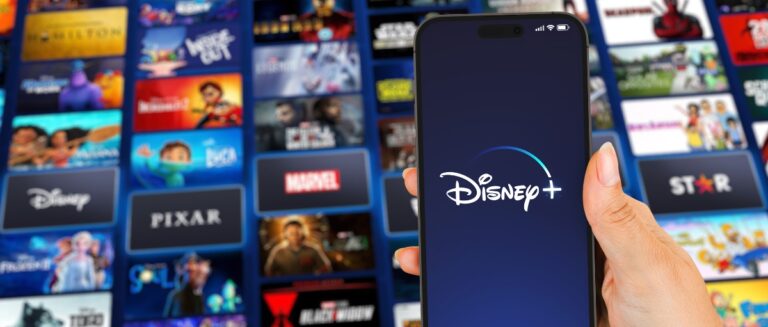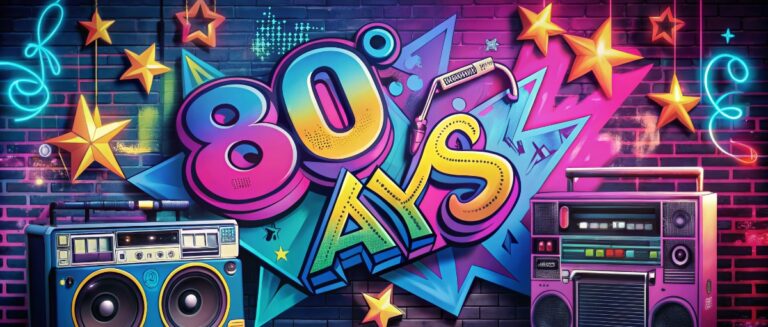In a world where technology constantly evolves, seniors embrace new tools to help them stay healthy and active. One such tool that has gained immense popularity among the older generation is the Fitbit. In fact, recent user statistics found that over 22% of Fitbit users are over 55.
But what makes a Fitbit so appealing for seniors? The answer lies in its ability to provide valuable insights into various aspects of health and wellness. From tracking daily steps and monitoring heart rate to analyzing sleep patterns, Fitbits offer a comprehensive overview of one’s physical well-being.
This information can be particularly empowering for seniors. By setting personalized goals and tracking progress, older adults can take proactive steps toward improving their health. Fitbits provide the motivation and accountability needed to make positive lifestyle changes.
Moreover, Fitbits come equipped with features that cater specifically to the needs of seniors. With easy-to-read displays, comfortable wristbands, and long-lasting batteries, these devices are designed with older users in mind. Connecting with friends and family members also fosters a sense of community and support.
What are Fitbits?
Fitbits are wearable fitness trackers that monitor various aspects of a person’s health and activity levels. These compact devices, typically worn on the wrist, use advanced sensors to collect data about the wearer’s movements, heart rate, and sleep patterns.
So, how exactly do Fitbits work? The device contains a 3-axis accelerometer that detects motion patterns. This allows the Fitbit to track steps taken, distance traveled, and calories burned. Some models also feature altimeters to measure climbed floors, and optical heart rate monitors to track heart rate continuously.
Fitbit was founded in 2007 by James Park and Eric Friedman, who saw the potential for using sensors in small, wearable devices to promote healthier lifestyles. Since then, the company has become one of the most popular fitness tracker brands worldwide.
Interestingly, Fitbits have found a particularly strong following among older adults. According to a 2020 survey by Pew Research Center, 17% of Americans aged 50 and older regularly use a wearable fitness tracker.
The appeal of Fitbits for seniors lies in their ability to provide easily accessible, real-time data about their health and activity levels. By helping older adults set and track fitness goals, Fitbits can be powerful motivators for leading a more active lifestyle.
Benefits of a Fitbit for Seniors
Fitbits offer numerous features to help seniors lead healthier, more active lives. Let’s examine some of the key benefits.
- Activity and Fitness Tracking: One of Fitbit’s primary functions is tracking daily physical activity. The device counts the number of steps taken, distance traveled, and calories burned, providing seniors with a clear picture of their movement throughout the day. This information can be incredibly motivating, encouraging older adults to set and work towards specific fitness goals. The recommended number of steps per day is anywhere from 8,000 to 10,000.
- Heart Rate Monitoring: Many Fitbit models feature continuous heart rate tracking, which can be particularly valuable for seniors with cardiovascular concerns. The device monitors heart rate 24/7, providing real-time data on resting heart rate, during exercise, and more. This information can help seniors ensure they’re exercising at a safe and effective intensity level, identify potential heart health issues early on, and track improvements in cardiovascular fitness over time.
- Sleep Tracking: Getting enough restful sleep is crucial for overall health and well-being, especially as we age. The recommended amount of sleep is between 7 to 9 hours a night. Fitbits can help seniors monitor their sleep patterns by tracking metrics like sleep duration, stages of sleep (light, deep, REM), and restlessness. Fitbits for older adults help identify factors disrupting their sleep (e.g., caffeine intake, screen time before bed), make lifestyle changes to improve sleep quality and quantity, and discuss concerns with their healthcare provider if consistent sleep issues arise.
- Additional Health Features: Beyond activity, heart rate, and sleep tracking, Fitbits offer several other features that can support seniors’ well-being, such as guided breathing sessions for stress reduction and relaxation, reminders to move after periods of inactivity, water intake tracking to support hydration goals, and menstrual health tracking for older women who may still be experiencing cycles.
By leveraging these various features, seniors can gain valuable insights into their overall health and take proactive steps towards a healthier lifestyle. Whether increasing daily movement, monitoring heart health, or prioritizing restful sleep, Fitbits provide the tools and motivation needed to make positive changes.
Choosing the Right Fitbit for Seniors
With several Fitbit models available, it’s essential to consider key factors when selecting the best one for your needs.
Factors to Consider
- Comfort and wearability: Look for a model with a comfortable, adjustable band that won’t irritate your skin.
- Ease of use: Choose a Fitbit with a user-friendly interface and simple navigation.
- Display size and clarity: Opt for a model with a large, easy-to-read display.
- Battery life: Consider a Fitbit with a long battery life to minimize the need for frequent charging.
- Price: Determine your budget and look for a model that offers the features you need at a price point you’re comfortable with.
Fitbit Trackers vs. Smartwatches
Fitbit offers two main categories of devices: trackers and smartwatches. Trackers, like the Inspire 2 or Charge 5, focus primarily on health and fitness monitoring. They have a slimmer design and longer battery life.
Smartwatches, such as the Versa 3 or Sense, offer additional features like app support, phone notifications, and contactless payments. However, they tend to be bulkier and have shorter battery life than trackers.
Top Fitbit Watches for Seniors
- Fitbit Charge 5: Advanced fitness tracker with a sleek design, built-in GPS, and stress management tools.
- Fitbit Inspire 2: Budget-friendly, easy-to-use tracker with essential features like step counting and sleep tracking.
- Fitbit Versa 4: Versatile smartwatch with built-in GPS, voice assistant support, and a large, always-on display.
- Fitbit Sense: Premium smartwatch with advanced health features like ECG, skin temperature sensor, and stress monitoring.
It also tracks blood oxygen levels during sleep, offering deeper insights into respiratory wellness, an important feature for seniors managing their health. You can purchase a Fitbit directly from the Fitbit website, major retailers like Best Buy or Target, or online marketplaces like Amazon. Prices typically range from $60 to $100 for basic trackers to $130 to $150 or more for advanced smartwatches.
Making the Most of Your Fitbit
Once you’ve chosen the perfect Fitbit, you can use it to support your health goals.
- Tracking Your Activity: Set a daily step goal that challenges you while still being achievable, and gradually increase it as your stamina improves. Monitor your progress throughout the day and celebrate when you hit your goals. Use exercise modes to track specific workouts like walking, swimming, or cycling.
- Monitoring Your Health: Monitor your resting heart rate and be mindful of any unusual changes or patterns. Use the sleep tracking feature to ensure you get enough quality rest each night. Additionally, try guided breathing sessions to manage stress and create moments of calm.
- Staying Motivated: Connect with friends and family or participate in challenges by joining the Fitbit community. Celebrate all your achievements, no matter how small, because every step makes a difference. Keep your routine exciting by mixing different physical activity types to stay engaged.
Setting Up Your Fitbit
- Charge your Fitbit using the included charging cable.
- Download the Fitbit app on your smartphone or tablet.
- Follow the app’s instructions to create an account and pair your Fitbit device.
- Customize your device settings, such as display brightness and notification preferences.
Embracing a Healthier Future with Fitbit
Fitbit is a powerful tool that helps the elderly take control of their health and well-being. By tracking activity, monitoring vital signs, and providing personalized insights, these devices empower older adults to make positive lifestyle changes and stay connected with their health.
Fitbit’s potential to support senior health will only grow as technology advances. The future of wearable technology is bright, from early detection of health issues to personalized recommendations based on individual data.
If you’re a senior looking to lead a healthier, more active life, consider trying a Fitbit. With the right model and a commitment to your goals, you can unlock benefits and take charge of your well-being.
Start your journey today and discover how senior Fitbits can help you embrace a healthier, happier future.
Sources
Coolest Gadgets. (2024). Fitbit statistics. Retrieved from https://www.coolest-gadgets.com/fitbit-statistics
RS Chrono. (2024). What is a Fitbit? Retrieved from https://www.rschrono.com/blogs/news/what-is-a-fitbit
Brecky Units. (n.d.). How James Park built Fitbit. Retrieved from https://breckyunits.com/how-james-park-built-fitbit.html
Pew Research Center. (2020). About one in five Americans use a smart watch or fitness tracker. Retrieved from https://www.pewresearch.org/short-reads/2020/01/09/about-one-in-five-americans-use-a-smart-watch-or-fitness-tracker/
Medical News Today. (2024). How many steps should you take a day? Retrieved from https://www.medicalnewstoday.com/articles/how-many-steps-should-you-take-a-day
National Heart, Lung, and Blood Institute. (2022). How much sleep do you need? Retrieved from https://www.nhlbi.nih.gov/health/sleep/how-much-sleep
Verywell Fit. (2024). Fitbit vs. Apple Watch. Retrieved from https://www.verywellfit.com/fitbit-vs-apple-watch-7099233











